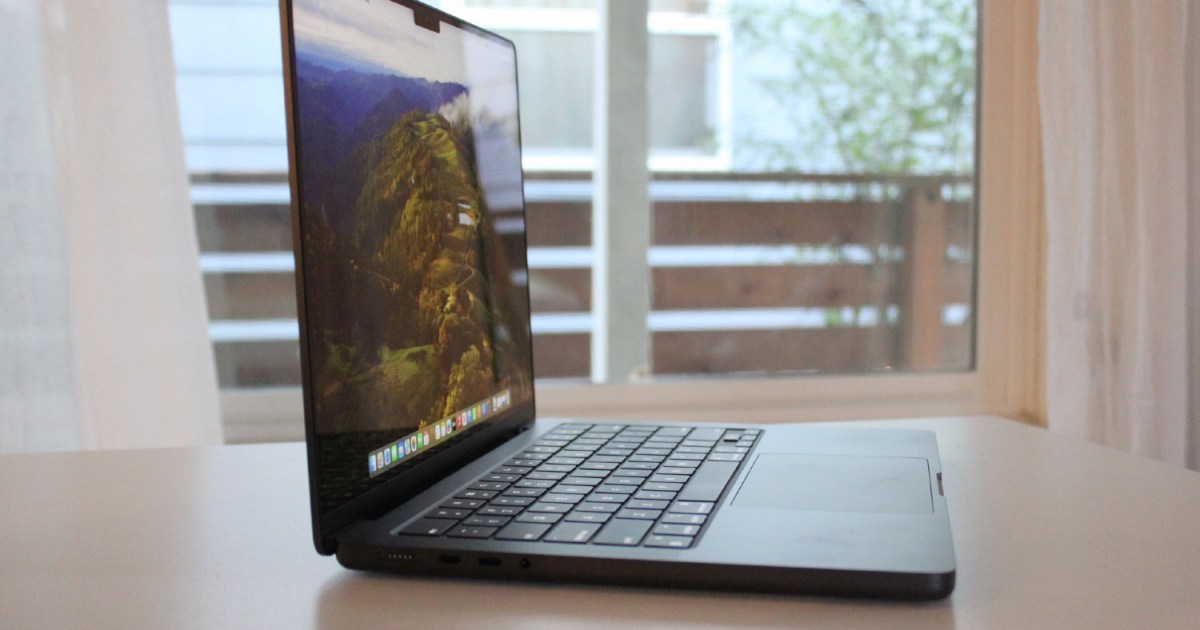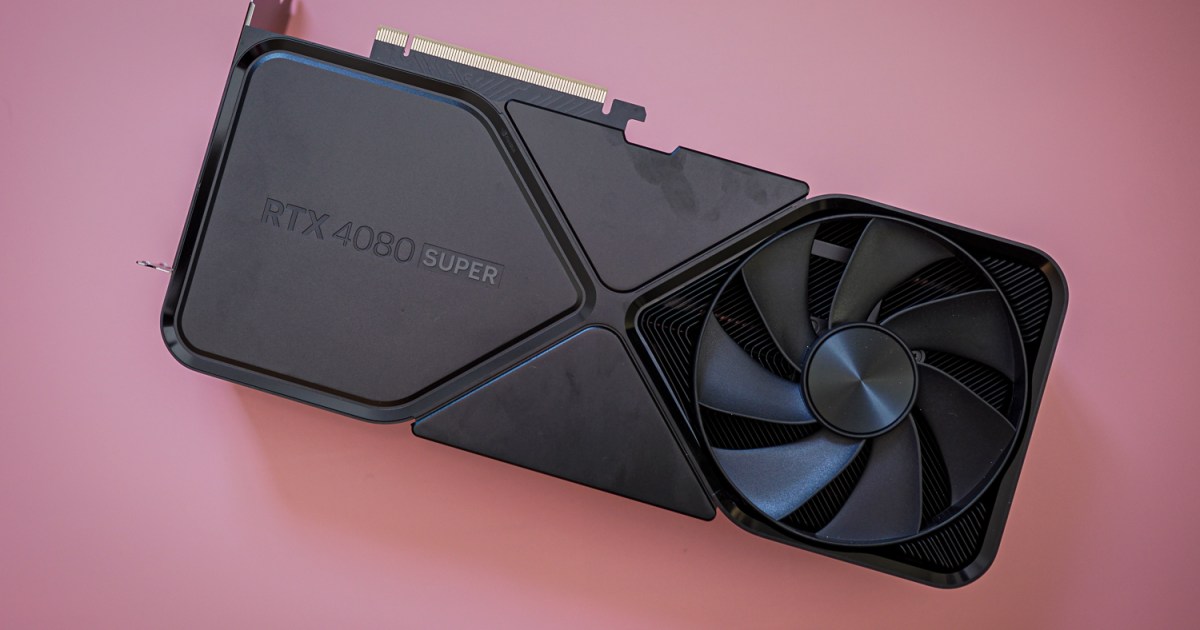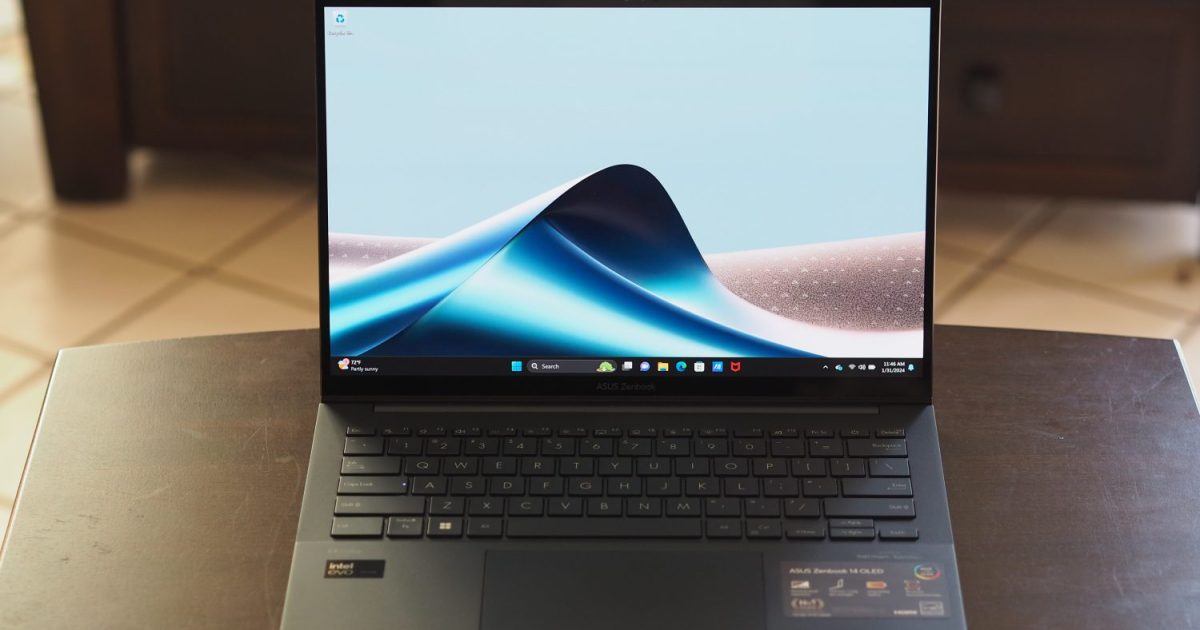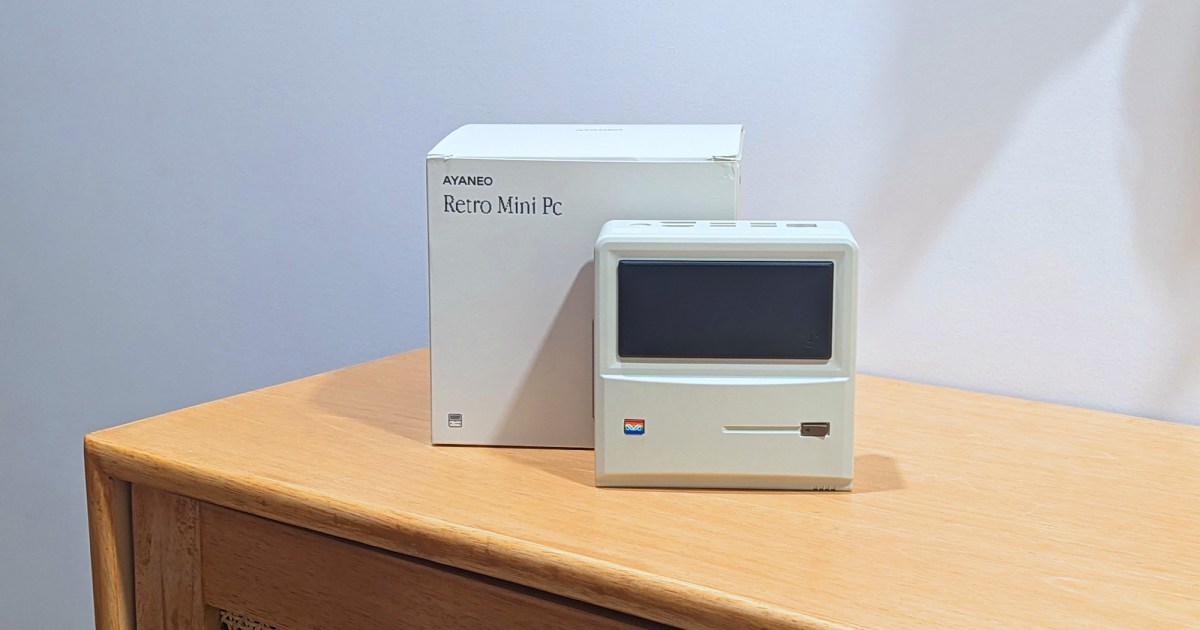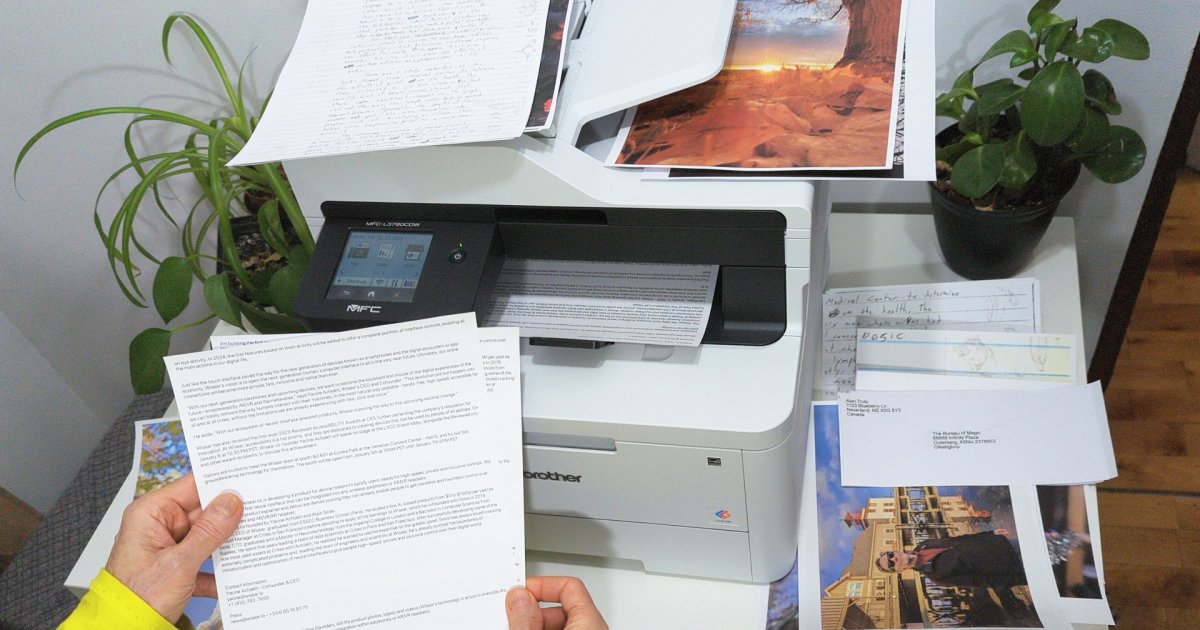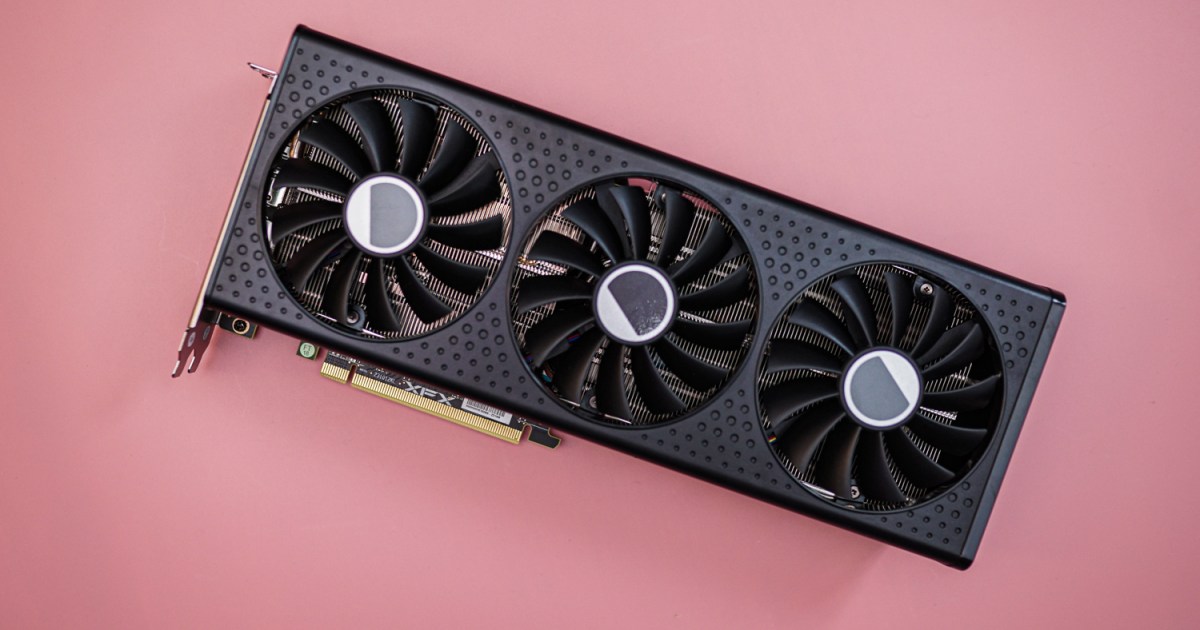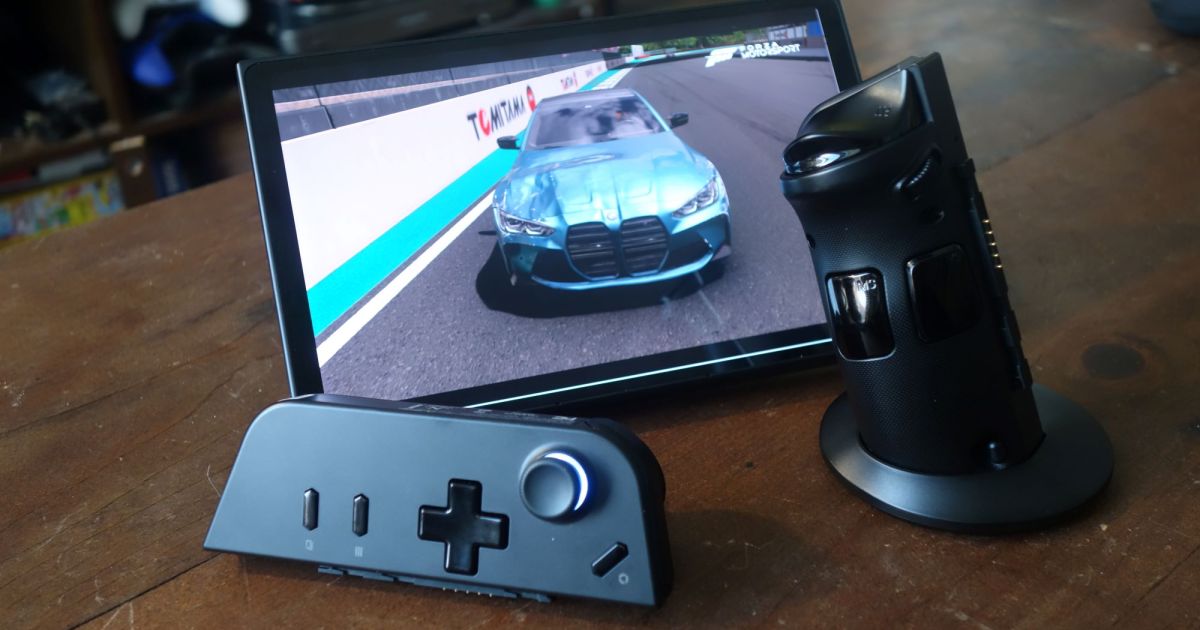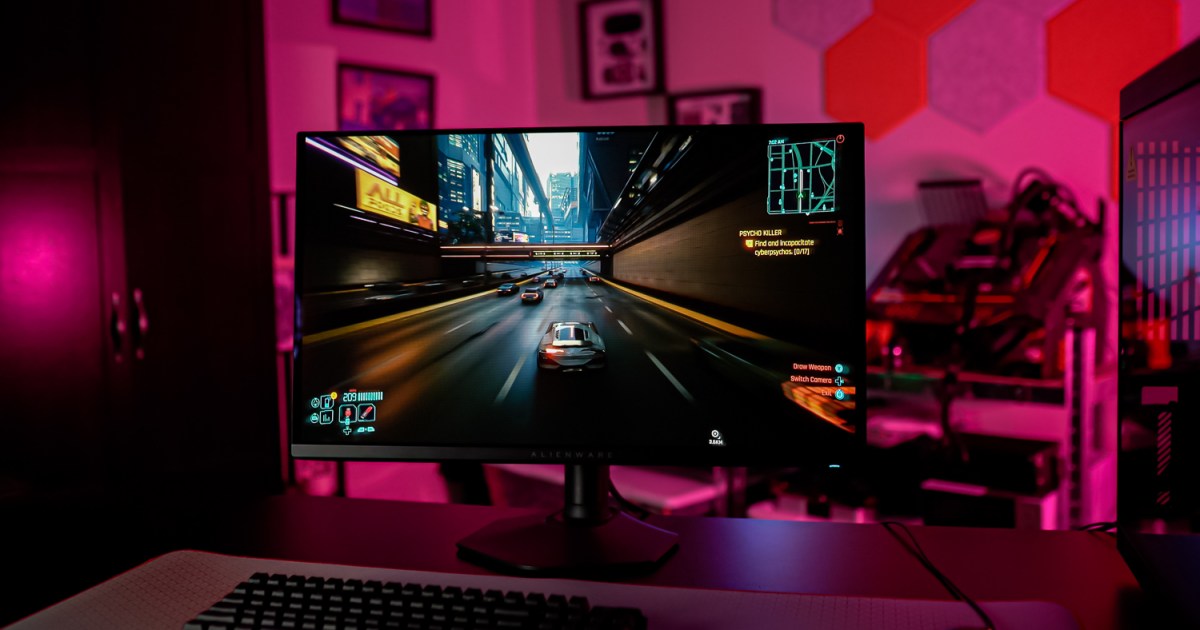The MacBook Pro, Apple’s flagship laptop, carries high expectations, especially from its demanding users. Just ten months after the M2 update, Apple introduces the M3-powered MacBook Pro, focusing primarily on performance enhancements. This review explores the M3 Max model, already a leading high-performance laptop, and how the M3 chip elevates it further.
Configurations and Pricing
The MacBook Pro M3 series offers various configurations, from the entry-level M3 14-inch to the powerful M3 Max 16-inch. This review focuses on the 14-inch M3 Max model with a 16-core CPU and 40-core GPU, priced at $3,899 with 64GB of RAM and a 1TB SSD. Insights into the 16-inch M3 Max (16-core CPU, 40-core GPU) with 48GB RAM and a 1TB SSD, priced at $3,999, are also included. The M3 Max now supports up to 128GB of unified memory, an increase from the M2 Max’s 96GB limit.
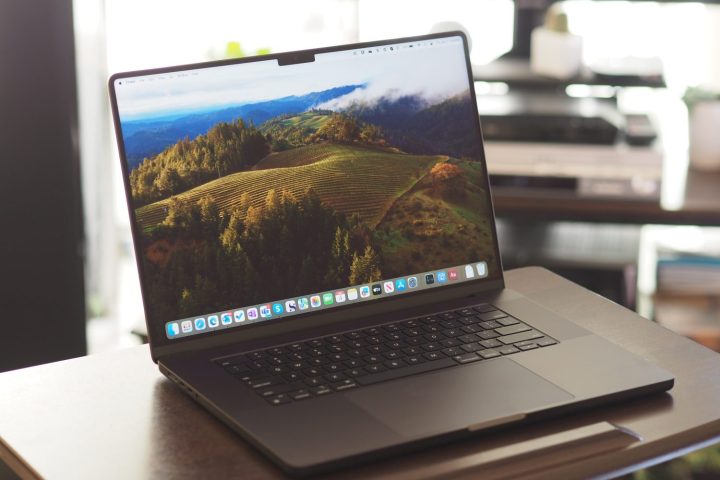 Apple MacBook Pro 16 front angled view showing display and keyboard.MacBook Pro 16 (Mark Coppock / MaagX)
Apple MacBook Pro 16 front angled view showing display and keyboard.MacBook Pro 16 (Mark Coppock / MaagX)
Apple has maintained pricing, even introducing a more affordable 14-inch M3 option at $1,499. The 16-inch model starts at $2,499 with 18GB RAM. However, memory and storage upgrades remain expensive, with the fully configured 16-inch model reaching $7,199. Positively, features like speakers, display, and ports remain consistent across configurations, offering value even at the lower price points. This makes the new 14-inch M3 model a compelling replacement for the older 13-inch MacBook Pro.
Design Enhancements
The most noticeable design change is the stunning new Space Black color option, likely to become a popular choice. While not entirely fingerprint-proof, it adds a sophisticated aesthetic. Note that Space Black isn’t available on the base 14-inch M3, while Space Gray is exclusive to the 14-inch models. The 16-inch model offers only Silver and Space Black.
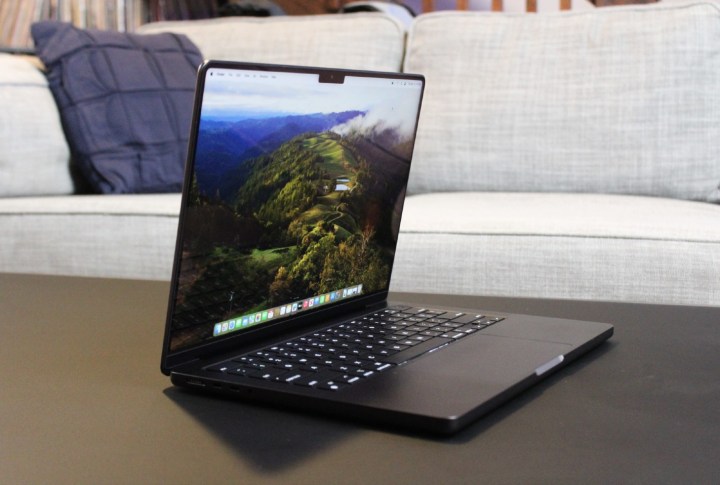 The MacBook Pro open on a table in front of a couch.MacBook Pro 14 (Luke Larsen / MaagX)
The MacBook Pro open on a table in front of a couch.MacBook Pro 14 (Luke Larsen / MaagX)
Beyond the new color, the MacBook Pro retains its premium build quality. While not the slimmest or lightest, the 14-inch model (0.6 inches thick, 3.5 pounds) offers good portability. The 16-inch (0.66 inches thick, 4.8 pounds) is less portable but still remarkably thin. Distinctive design elements include the display notch, housing the 1080p webcam, and the black keyboard inset.
Stunning Display Technology
Apple’s claim of having the best laptop displays holds true. The new MacBook Pro features a slightly brighter SDR display, measured at 562 nits (14-inch) and 640 nits (16-inch). The HDR performance remains exceptional, peaking at 1,600 nits with over 2,000 local dimming zones. The ProMotion display, dynamically adjusting refresh rates up to 120Hz, further enhances the visual experience.
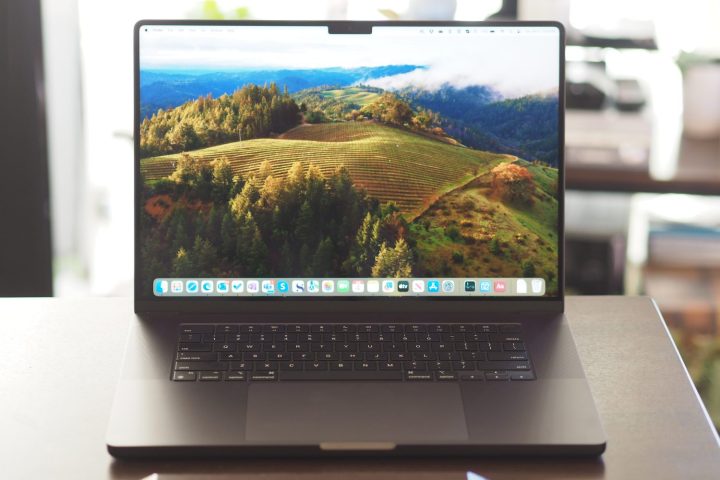 Apple MacBook Pro 16 front view showing display and keyboard.MacBook Pro 16 (Mark Coppock / MaagX)
Apple MacBook Pro 16 front view showing display and keyboard.MacBook Pro 16 (Mark Coppock / MaagX)
Performance Boost with M3 Max
Performance is the key differentiator for the MacBook Pro, particularly for the M3 Max configurations. The M3 Max delivers significant performance gains over the M2 Max. Cinebench R24 benchmarks show up to a 16% improvement in single-core and a 62% increase in multi-core performance. Handbrake encoding also saw a 38% speed increase.
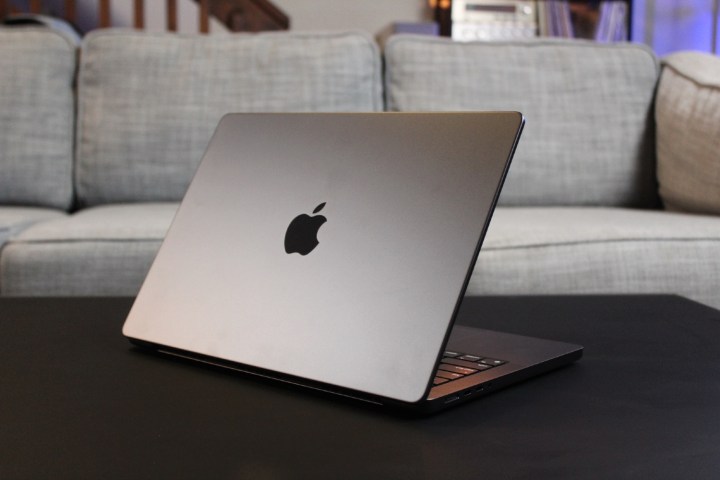 The lid of the MacBook Pro on a black table.MacBook Pro 14 (Luke Larsen / MaagX)
The lid of the MacBook Pro on a black table.MacBook Pro 14 (Luke Larsen / MaagX)
The High Performance mode, accessible in Battery settings, offers an additional 6% performance boost, but at the cost of increased fan noise. However, the fan management is efficient, quickly reducing noise when not under heavy load.
The table below summarizes the performance data for both the 14-inch and 16-inch M3 Max models. The performance difference between the two models is relatively small.
| Cinebench Single-Core | Cinebench Multi-Core | Cinebench GPU | Handbrake (seconds) | |
|---|---|---|---|---|
| MacBook Pro 14 (M3 Max 16/40) | 139 | 1,522 | 12,765 | 53 |
| MacBook Pro 16 (M3 Max 16/40) | 140 | 1,667 | 13,146 | 55 |
| MacBook Pro (M2 Max) | 121 | 1032 | 5592 | 85 |
| iMac (M3) | 140 | 657 | 3728 | 112 |
| Dell XPS 15 (Core i7-13700H/RTX 4070) | 87 | 647 | 8601 | 79 |
Apple’s shift to a 3nm architecture for the M3 series contributes to improved efficiency and performance gains. While single-core performance is comparable to 13th-gen Intel H-series chips, the GPU performance is where the M3 Max truly shines.
Graphics and Gaming Prowess
The M3 Max demonstrates a remarkable 56% improvement in GPU performance over the M2 Max, thanks in part to the new Dynamic Caching feature. This boost is significant for GPU-intensive tasks like video editing, 3D modeling, and gaming.
While not matching the raw power of an RTX 4090 or 4080, the M3 Max outperforms mobile RTX 4070 configurations, even surpassing gaming laptops like the Razer Blade 14 by 13%. Game testing with titles like Lies of P and Baldur’s Gate 3 showcases impressive performance, with smooth gameplay at high settings. Baldur’s Gate 3, previously challenging to run on Macs, now performs admirably on the M3 Max, especially when leveraging the display’s HDR capabilities.
 Apple MacBook Pro 16 downward view showing keyboard and speaker.MacBook Pro 16 (Mark Coppock / MaagX)
Apple MacBook Pro 16 downward view showing keyboard and speaker.MacBook Pro 16 (Mark Coppock / MaagX)
Exceptional Battery Life
Despite its power, the 16-inch M3 Max boasts exceptional battery life, achieving 19 hours in web browsing and 27 hours in video playback tests. This far exceeds typical high-performance Windows laptops. The 14-inch model offers slightly less battery life but still provides all-day usage for demanding tasks.
Impressive Audio and Input Devices
The six-speaker sound system remains best-in-class, delivering rich audio with impressive bass. The 16-inch model provides an even better audio experience due to its larger chassis. The Magic Keyboard maintains its excellent typing experience, while the large haptic trackpad, though slightly louder and clickier than previous iterations, remains highly functional.
Port Selection and External Display Support
The port selection remains unchanged, offering a versatile mix of HDMI, USB-C, an SD card slot, and MagSafe 3. However, the base M3 14-inch model has only two Thunderbolt ports and supports only one external display, unlike the M3 Pro/Max models, which have three Thunderbolt ports and support multiple external displays. The M3 Pro models support up to two external displays, and the M3 Max models support up to four.
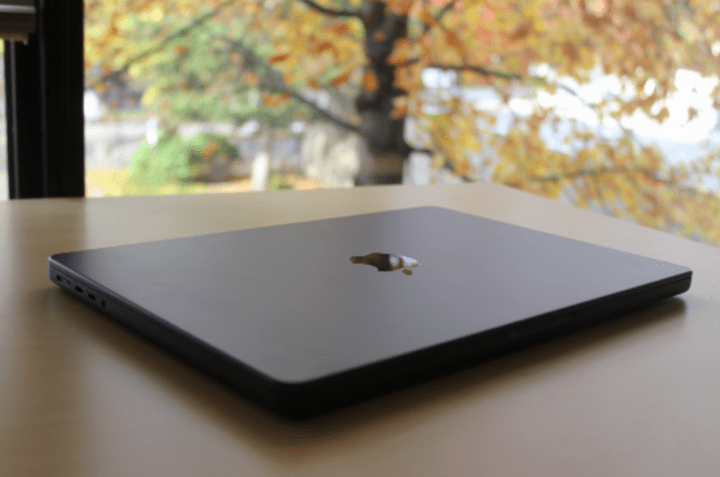 The closed MacBook Pro on a table.MacBook Pro 14 (Luke Larsen / MaagX)
The closed MacBook Pro on a table.MacBook Pro 14 (Luke Larsen / MaagX)
Conclusion: A Powerful Upgrade
The M3 Max MacBook Pro represents a significant performance leap, especially in GPU capabilities. While the M3 Pro’s performance remains to be fully evaluated, the M3 Max is a compelling choice for users seeking top-tier performance. While not a necessary upgrade for all M2 Max users, the M3 Max’s advancements solidify the MacBook Pro’s position as a performance leader.



